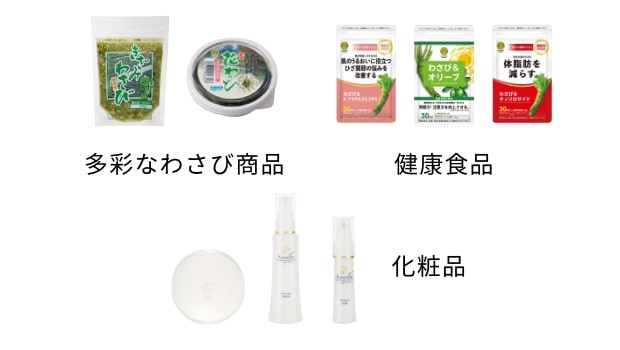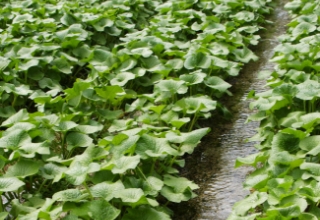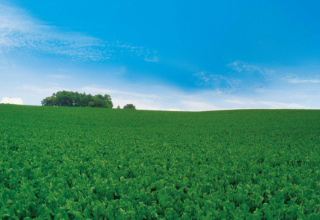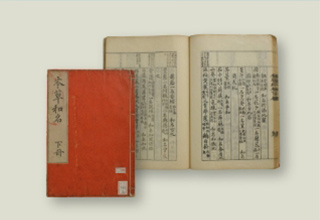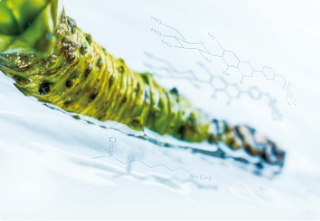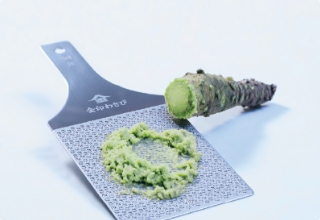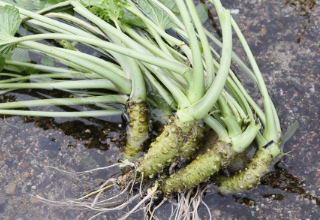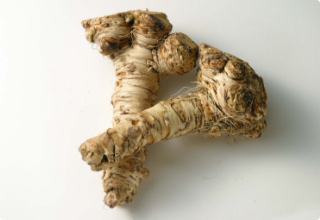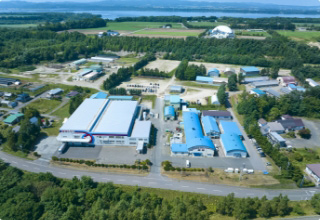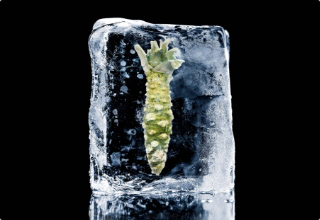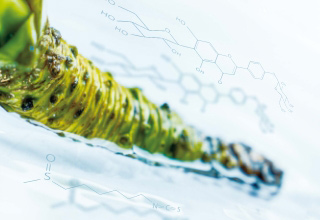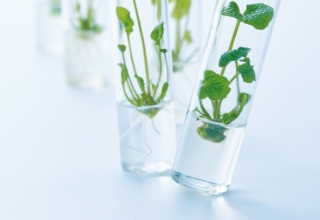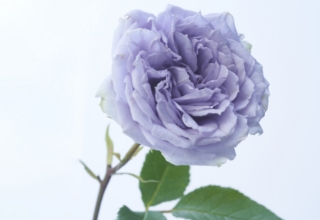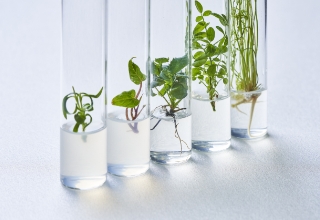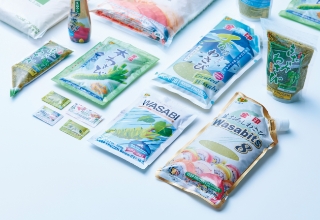- Top Page
- Wasabi History
Wasabi History
Wasabi is an essential part of Japanese food culture, and records show it has been used as far back as the Asuka period (550~). It is believed that wasabi was originally used as a medicinal herb.

Asuka Period (550~)
-
The Archaeological Institute of Kashihara, Nara Prefecture, analyzed wooden tablets unearthed from the Enchi (garden pond) in Asuka, Nara Prefecture, and reported that they measured 8 to 30 cm in length and contained inscriptions of plant names, including wasabi and medicinal herbs, as well as the name of the administrative institution that managed the garden. This discovery suggests that vegetables and medicinal herbs were cultivated in the garden, reinforcing the idea that the garden was not just for leisure but also served as a medicinal herb garden. The inscription "委佐俾三升" (wasabi sansho) on one of the tablets is the oldest known Japanese reference to wasabi, believed to be a label attached to a container storing the plant.
-

A Wooden Tablet Unearthed from the Asuka Period Medicinal Herb Garden
Heian Period (794~)
-
The oldest Japanese medicinal herb encyclopedia, Honzo Wamyo, includes a reference to wasabi. This further supports the idea that wasabi was traditionally used as a medicinal herb. In Japan's oldest legal code, Engishiki, wasabi is recorded as "山薑" and was collected as a tax from regions near Kyoto, including Wakasa, Echizen, Tango, Tajima, and Inaba. The Wamyo Ruijusho, another ancient Japanese text, also mentions wasabi as "山葵."
-
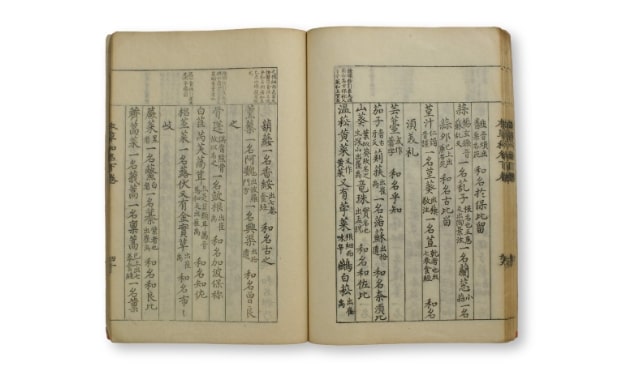
Japan's Oldest Medicinal Herb Encyclopedia, Honzo Wamyo
Early Edo Period (1603~)
-
Wasabi cultivation is believed to have begun in the early Edo period. When wasabi was presented to Tokugawa Ieyasu, a noted epicure who lived an unusually long life for the time, he was so impressed by its flavor that he declared it exclusive to his domain. The leaves of the wasabi plant resembled the Tokugawa family crest, the hollyhock, further reinforcing this exclusivity. During the Keicho era (1596–1615), wasabi cultivation is said to have begun in Utogi, located upstream on the Abe River (modern-day Shizuoka City), under the leadership of Mochizuki Rokuroemon.
-
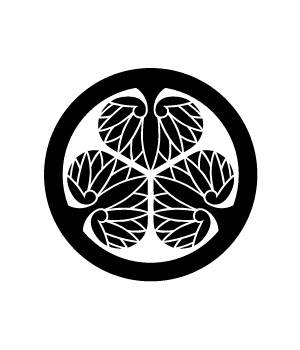
The Hollyhock: The Family Crest of the Tokugawa Family 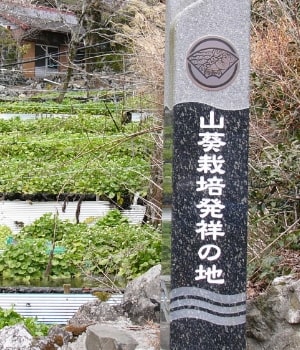
The Cradle of Wasabi Cultivation
(Shizuoka, Utogi)
Late Edo Period
-
Wasabi reportedly began being used as a sushi condiment during the Bunka-Bunsei Era (1804–1830) of the Edo period.
The invention of nigiri sushi with wasabi sparked a boom in Edo, spreading rapidly among the common people.
At the time, there were no refrigeration or freezing technologies like today. Through experience, people discovered that wasabi helped suppress food odors and bacterial growth, reducing the risk of food poisoning. -
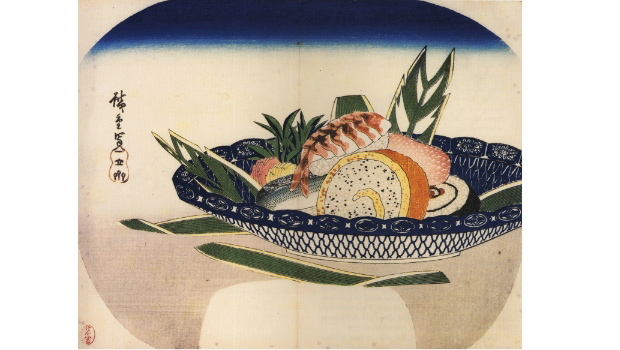
An Ukiyo-e Print of Sushi (by Utagawa Hiroshige)
Taisho & Showa Periods
-
In the early Taisho period, when refrigeration and logistics were still underdeveloped, the tea-drying technique inspired the creation of powdered wasabi by drying and grinding wasabi. Later, powdered wasabi made from horseradish was developed, leading to the introduction of small packets of wasabi paste in 1971, followed by fresh grated wasabi in 1973 which uses the kind of wasabi used most often today.
-
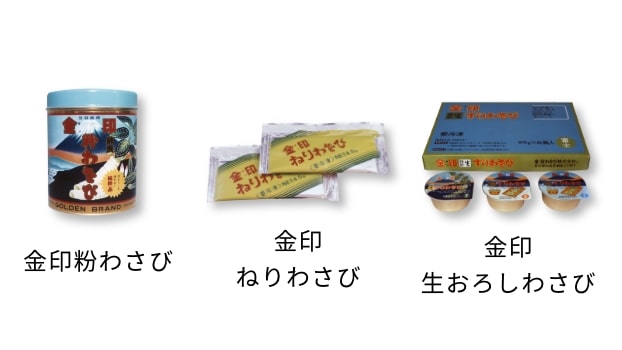
Present Day
-
A variety of wasabi products, such as flower wasabi and finely chopped wasabi, have been developed, and wasabi is now widely used not only in Japanese cuisine but also in Western dishes and meat-based dishes. Research on the health benefits of wasabi has advanced, leading to the development of health foods and cosmetics that highlight its effects on cognitive function improvements, antioxidant properties, blood circulation enhancement, and skin health.
-
